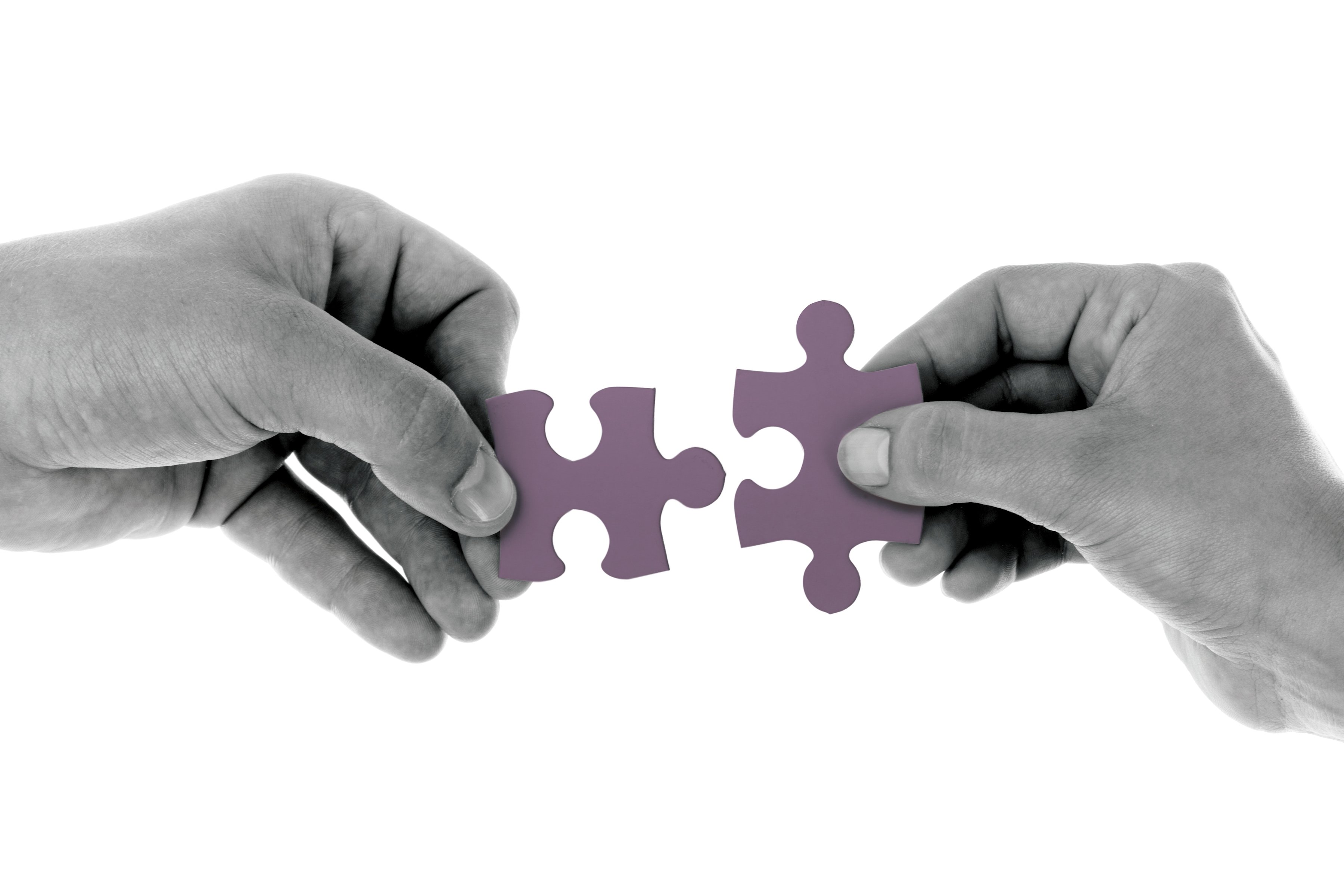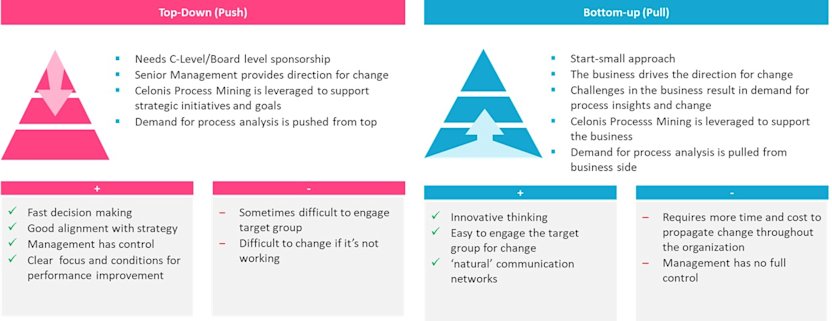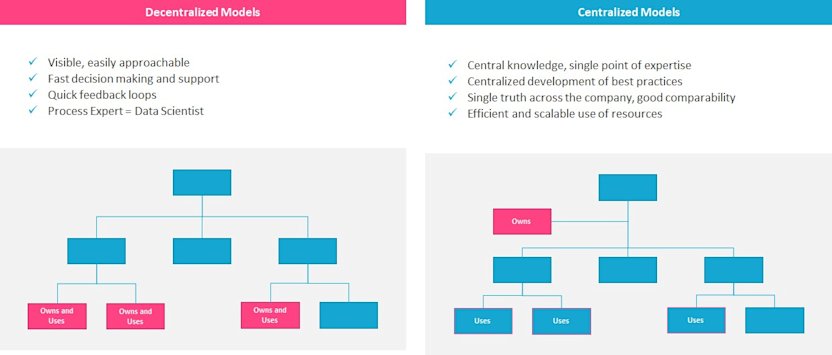
Digital Transformation Success Factors: Organizational Fit
Every time a new technology is introduced in an organization, the organization itself will change somehow. No matter if it’s a new ERP that supports business processes, a novel collaboration and communication technology such as Slack, or a project management tool such as Trello or Asana, the adoption of said technology will change at various levels how people perform their day-to-day activities or the de facto organizational structure of the company itself.
This is especially true—with a magnified organizational impact—if the technology being introduced is inherently transformative, such as Celonis.
The success factors of transformative technology
We have had the privilege of observing how many larger organizations across diverse industries and regions approach their strategic transformation initiatives with the support of technology. Using that knowledge, we determined a set of success factors that must be in place to: 1) maximize the value that transformational technologies can produce, and 2) achieve what you need from your transformation initiative.
In our view, this is paramount to ensure that the transformation ultimately leads to value creation, as opposed to just transforming for the sake of doing it and being somehow “more digital.”
Combining our observations of customer practices with academic literature, we distilled successful value generation from a transformative technology down to a three-level taxonomy:

In this post we’ll focus on Organization, and especially how we tackle this in practice with our customers.
Performing the Organizational Fit
As each organization is unique, we faced the challenge to come up with a framework for organizational fit of Celonis that is standardized enough so that there is value in following common principles and of making the most out of experience across our customer base, but at the same time flexible enough to tailor the results and make them fit like a glove to our customers’ organizational structures and culture.
Once again, we achieved that by adopting a hybrid approach that blends academic literature on management and organization studies with direct observation of our customer base.
Here’s how it works in practice:
We start the journey with a full-day workshop aimed at understanding the specifics of the organization we are working with. We want to look at the current context and where Celonis lies within it.

We then look at possible approaches to organizational fit design along two dimensions: the technology adoption driver, namely Push vs Pull and the technology governance structure, which can be Centralized or Decentralized.

These dimensions are analogue, to be read as a scale on which we can position the organization’s approach to the introduction of the new technology as it is today.
We conduct a collaborative exercise to consider how we want the organization to be positioned along those drivers in the future, to effectively support a full enterprise usage of Celonis.
We do a quick design workshop to draft a potential organizational model based on what was discussed and what is possible resource-wise. The goal is to end the day with appropriate actions and commitments to perform them.

We conduct a quick cycle of design refinement and validation for the new model, all while gathering support around it. This is as much about refining the model itself as it is about gathering people within the organization around a representation of what the future will look like. The goal is to ease the natural resistance to change that’s inherent within organizations. These cycles also allow us to go as in-depth as needed, more often than not with the creation of an operating model for new organizational units.
All of these actions are about creating fertile ground for ideas around transformation and laying the foundation for effective change. We have found this to be an approach that yields success, given that the hardest challenge comes from within the organization—which needs to change its ways, embrace the new technology, start using, adapt and transform.



